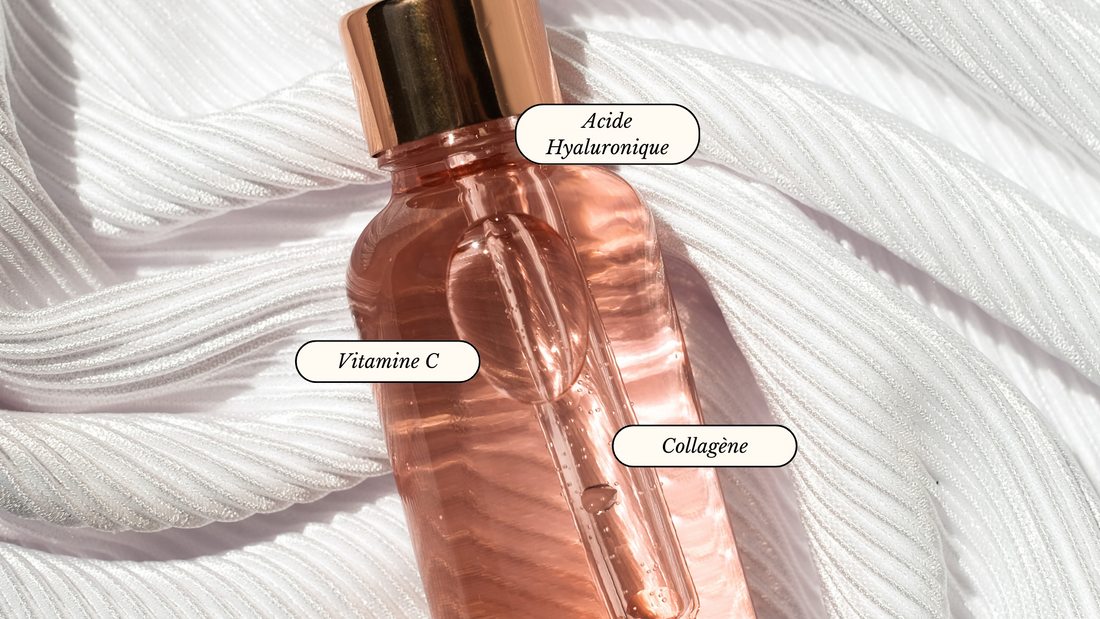Korean skincare routine is famous for its meticulous steps and highly effective ingredients. However, it is crucial to understand that there are certain actives that should not be mixed. In this article, we will explore the combinations of actives to avoid, and why this caution is necessary to maintain healthy and balanced skin.
- Retinol and Vitamin C:
Retinol, a powerful anti-aging ingredient, and vitamin C, a key antioxidant, are two amazing actives, but they can cancel each other out when used together. Retinol works best in an acidic environment, while vitamin C requires a higher pH. Using both of these actives together can reduce their respective effectiveness.
- Retinol and Salicylic Acid:
Avoid combining retinol with salicylic acid, which is often used to treat acne. Both ingredients can cause excessive irritation, drying out the skin and causing redness. For a balanced routine, use them at different times of the day or opt for less aggressive alternatives.
- Vitamin C and AHA/BHA Acid:
Alpha hydroxy acids (AHAs) and beta hydroxy acids (BHAs) exfoliate the skin by removing dead cells, while vitamin C provides antioxidant protection. However, using them together can cause irritation, as both have exfoliating properties. Introduce them into your routine gradually to avoid adverse reactions.
- Salicylic Acid and Glycolic Acid:
These two acids are commonly used to treat acne and exfoliate the skin. However, mixing them can cause severe irritation, as they are both exfoliants. Use them separately, alternating days, to avoid skin reactions.
- Niacinamide and Vitamin C:
Although this combination has raised concerns in the past, recent studies suggest that they can be used together, as long as the concentration of vitamin C is not too high. However, it is always recommended to do a patch test to ensure that the skin tolerates the combination well.
- Retinol and Physical Exfoliants:
Avoid using physical exfoliating products, such as grain scrubs, at the same time as retinol. Both of these exfoliation methods can overtax the skin, causing increased sensitivity and irritation.
Conclusion :
Korean skincare focuses on prevention and skin care, but understanding the synergies between different active ingredients is essential to avoid adverse reactions. By following these guidelines and adapting your routine to your skin type, you can maximize the benefits of each ingredient while maintaining the health of your skin. Remember to patch test and introduce new products gradually to ensure a smooth transition to a healthy and balanced Korean skincare routine.
